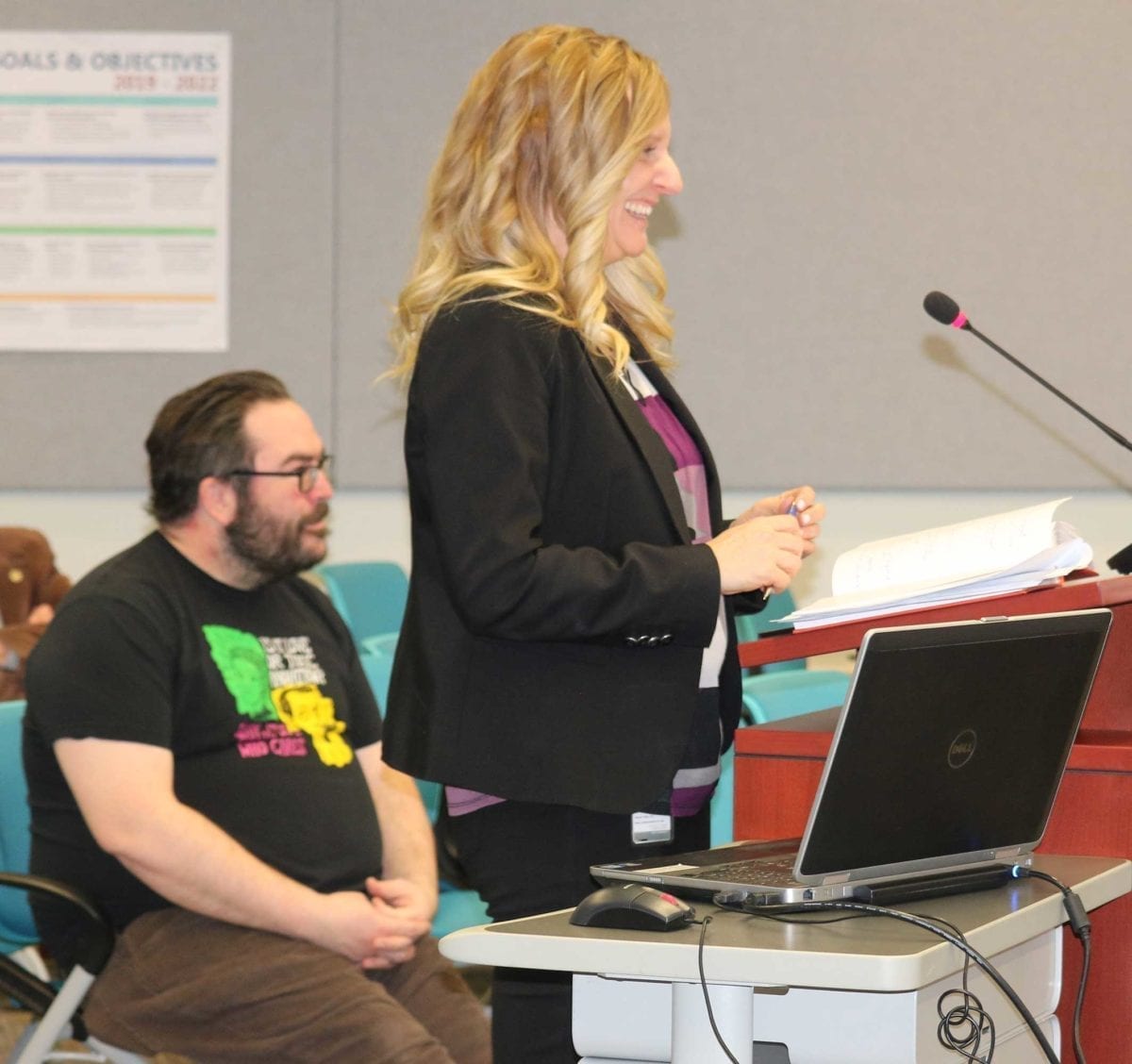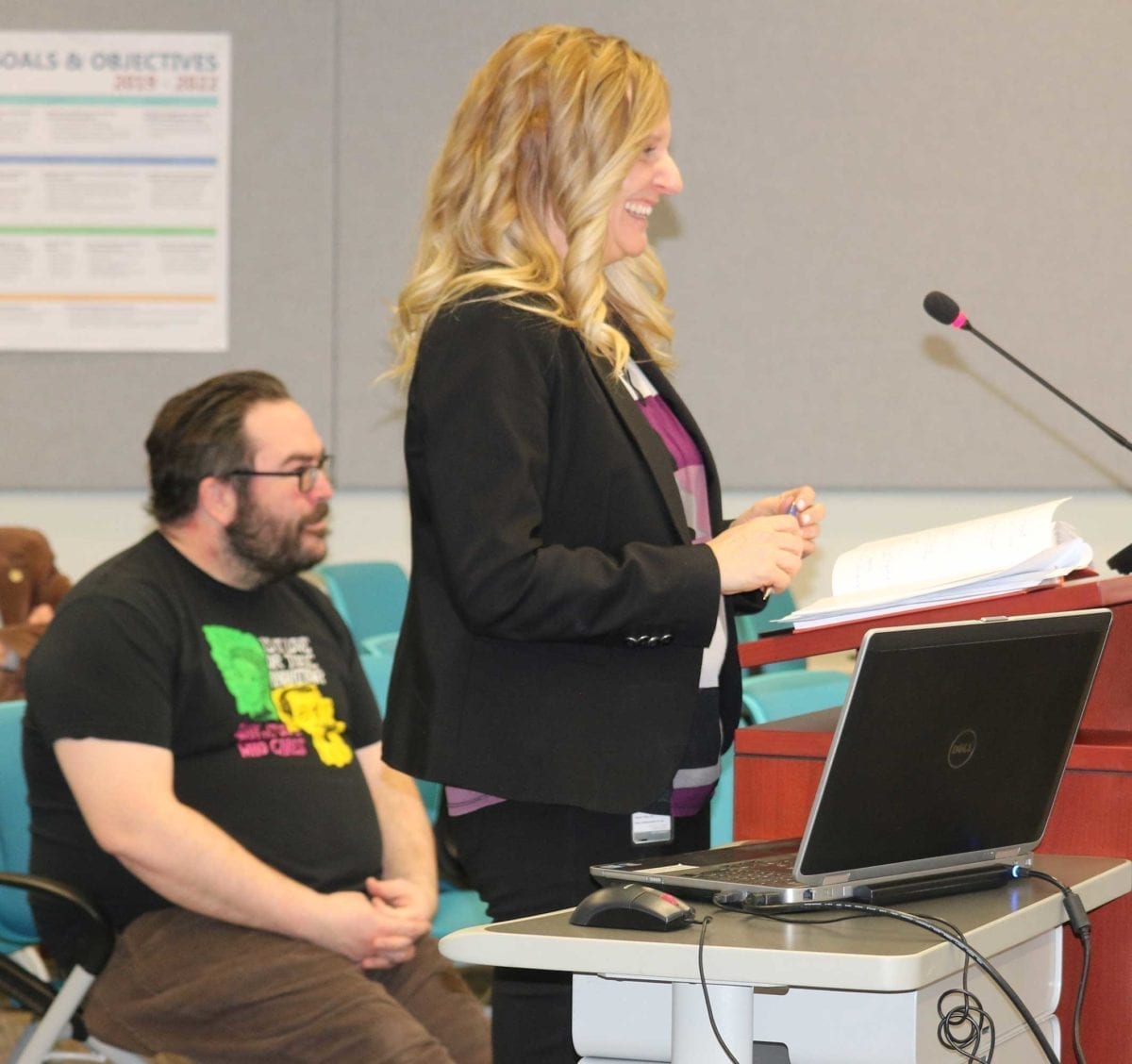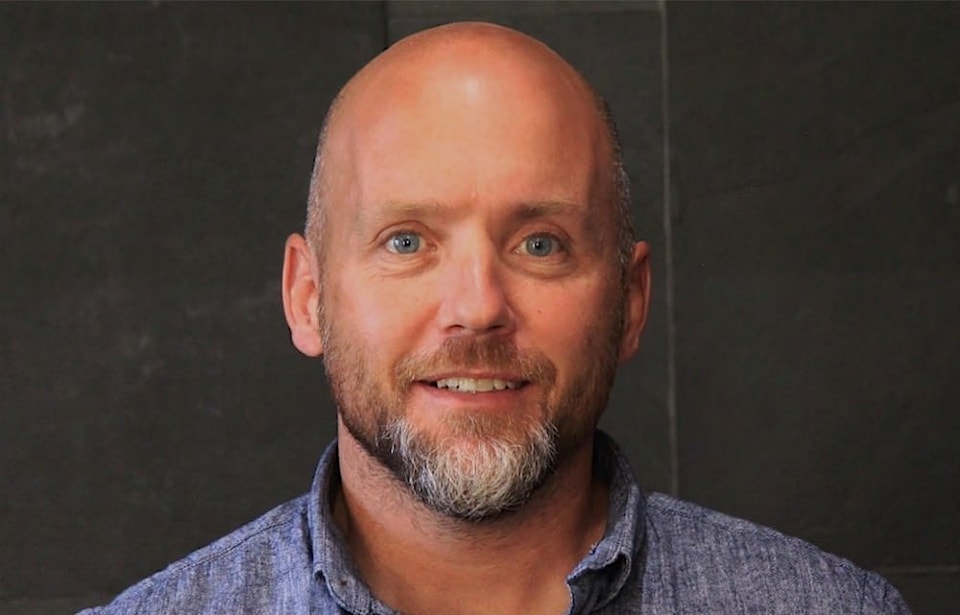
Simon Whitehouse/NNSL photo
City administration presented a general overview to council on the municipality's involvement with the Giant Mine Remediation project during last Monday's government priorities committee meeting.
The presentation was the first update since the city's participation in five days of public hearings put on by the Giant Mine Remediation Project Team from Jan. 20 to 24 focusing on the federal government's $1 billion clean up plan.
The Giant Mine Remediation Project team is awaiting a decision from the Mackenzie Valley Land and Water Board on a 20-year water licence and a land use permit to clean the contaminated site. The project team hopes, with the approval, to begin work before 2021.
Kerry Penney, director of economic development and strategy with the city, provided a briefing on the array of working groups, committees and advisory boards that the city takes part in to take part in the remediation project's oversight. Among them involve direct and indirect city staff involvement with advancing socio-economic and community benefits for the city, long-term environmental and perpetual care of the site, protecting community health from arsenic and other contaminants.
She also raised the status of the city's key ongoing issues with the project and answered pressing questions from council involving the safety of the Giant Mine dam, how contracts will be issued for the project and the amount of time and resources being put into the file by staff.
Todd Slack, a hired consultant for the Giant Mine file working under the city since last spring, provides advice and assistance to the city for the project. He also participated in Penney's presentation.
During the five days of federal public hearings, the city had been critical of the project team's direction on land use planning, the need for more predictable long-term funding, and the need for clear details on a closure plan.
On Monday, Penney reiterated those same concerns.
"We need some thought put into what the site potentially could look like and what level and turn our mind to what might happen at that site in the future," Penney said of long-term planning. "We have (also) expressed concern that there has been no solution that there is going to be enough funding in the long-term for that project to be able to be maintained."
The city has until March 27 to put together its points of concern in writing based on a Feb. 5 letter sent to all compensation claimants by the land and water board.
Among questions raised by council included the level of risk on the Giant Mine dam which is the basis for the city's current case for seeking federal compensation of a submarine water line to Yellowknife River.
Last March, the city received $26 million in federal funding from the Disaster Mitigation Adaptation Fund for a water pipeline between the Yellowknife River and the Yellowknife water treatment plant from then federal minister of Rural Economic Development Bernadette Jordan. The city agreed to contribute $8.6 million.
Since then the city filed two compensation claims with the Mackenzie Valley Land and Water Board in October -- one of which seeks $8.6 million due to the potential risk of the Giant Mine dam being breached.
Coun. Niels Konge said there has been a lack of information on the level of risk of the dam being breached and causing a spillover of arsenic into Yellowknife Bay.
"I’ve been asking for probably three years ever since we got the submarine water line review done by whichever consultant and they went to get it confirmed by another consultant and both of those consultants said if this dam breaks or breached, could lead to us getting arsenic in Yellowknife Bay," he said. "Which could affect our drinking water which is why we’re on road to spend $32 to $34 million dollars.
"Nobody has ever been able to answer the question -- what is the actual risk?"
Penney and Slack said there will be a numeric probability risk assessment provided by the project team for the city's consideration as part of a qualitative risk assessment, expected later this month.
In an email on Feb. 14, Alex Lynch, a technical specialist on Giant Mine for the GNWT Department of Environment and Natural Resources said the report won't be done before Feb. 24.
Coun. Robin Williams in an interview this week said that the risk assessment remains an important element for council as it seeks to find the remaining eight million for the pipeline so to protect taxpayers from having to cover the bill.
"We in council are very keenly interested in this document because it will identify the direct risk to residents," said Williams. "That is really great because we are also lobbying for an additional 25 per cent in funding (for the pipeline). We have the majority of the funds and we're about eight million shy. We want to ensure that that isn't shouldered by the residents of Yellowknife.
"So things like risk reports can really help our cause when we are lobbying for things."


